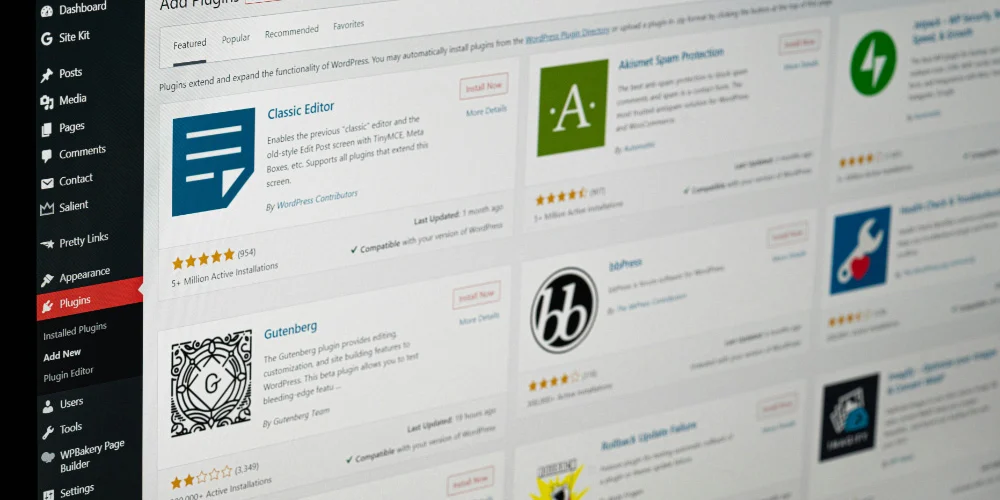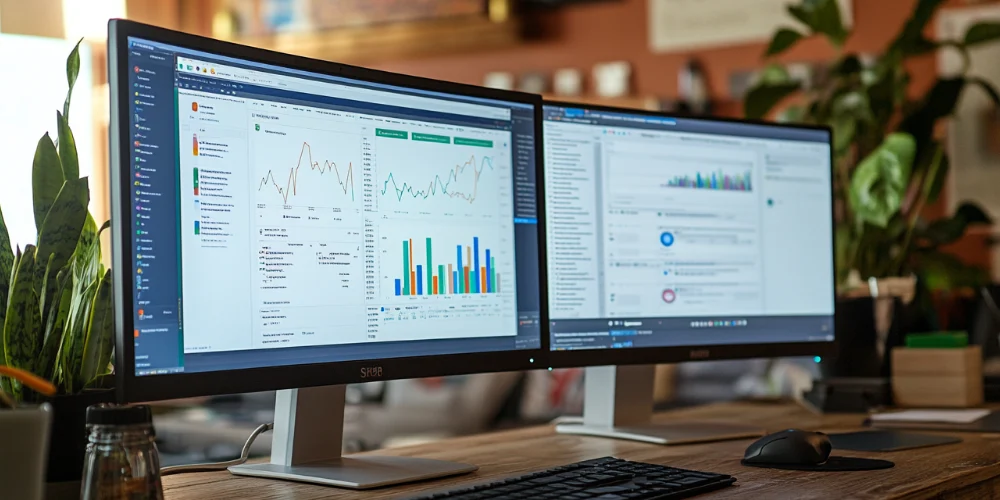Optimising Performance for Faster Load Times
How to increase the speed of a WordPress website. Enhancing the speed of your WordPress (WP) website is crucial for improving user experience and boosting your site’s SEO ranking. A faster website retains visitors and performs better in search engine results. This guide will walk you through the essential steps to optimise your WP site for speed.
Choose the Right WP Hosting
Website speed starts with your hosting service. Choosing a WP host with fast and reliable servers can dramatically improve your site’s performance. Opt for a WP hosting provider that guarantees high uptime, quick response times, and specifically optimised servers for WP environments.
Optimise Images
If not optimised, images can significantly slow your WP page loading times. Use image optimisation tools to compress images without losing quality. Consider using a WP plugin that automatically optimises images as you upload them to your media library.
Minimise and Combine Files
Minimising and combining your CSS and JavaScript files can reduce the number of requests your WP site makes to the server. Use a WP plugin to automate the process of minimising (removing whitespace and comments) and combining files to streamline your code and increase page speed.
Use a Content Delivery Network (CDN)
A Content Delivery Network can drastically reduce load times by storing cached copies of your WP site in multiple locations worldwide. This ensures that users are accessing your site from a server that is geographically closer to them, decreasing load times significantly.
Enable Caching
Implementing caching on your WordPress site can substantially affect loading times. Caching stores a copy of your WordPress pages in the visitor’s browser, reducing the load on your server and speeding up access for returning visitors. WordPress caching plugins are available to help manage this process efficiently, and we used WP Rocket on the PAT Testing Rotherham website to great effect.
Update WP and Plugins
Keeping your WP core, themes, and plugins up to date ensures you have the latest performance improvements and security patches. Updates often include optimisations that can improve speed and stability.
Database Optimisation
Over time, your WP database can become cluttered with unnecessary data, slowing down your site. To enhance database performance, use WP database optimisation tools to clean up outdated entries, post revisions, and other non-essential data.
By following these steps, you’ll increase the speed of your WordPress site, ensure better user engagement, and improve search engine rankings. The best part? Regular monitoring and optimisation will keep your site fast and efficient as it grows, providing you with a stable and reliable online presence.

















